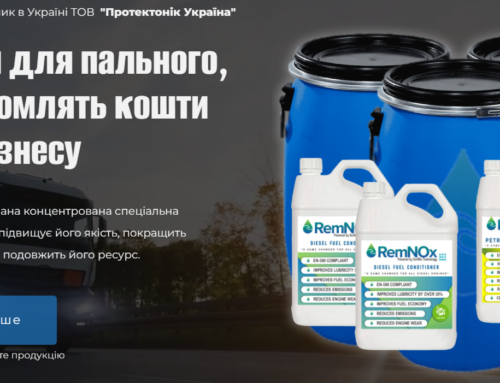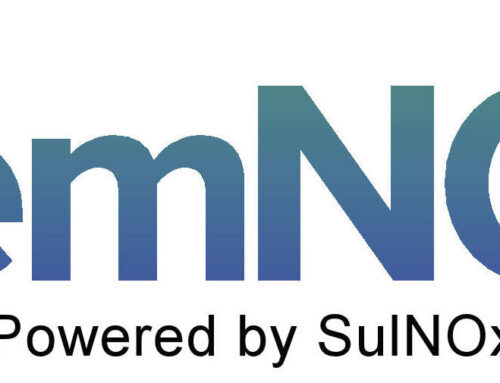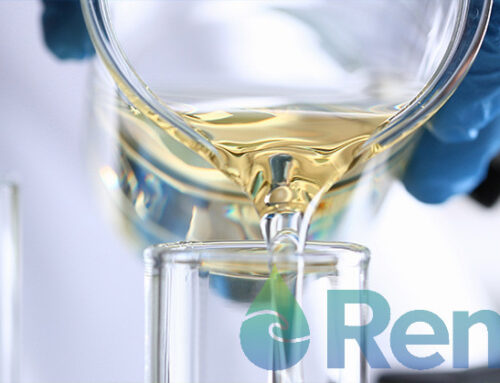As of January 2020, the International Maritime Organisation (IMO) implemented new regulations banning ships from using fuels with a sulphur content above 0.5%.
- The new regulations will impact an estimated 70,000 ships worldwide and aims to improve human health and help protect the environment by reducing air pollution.
- The IMO claims more than 570,000 premature deaths will be prevented in the five years between 2020-2025 as a result of these regulations.
What changes have ships made to become IMO2020 compliant?
There are no restrictions on how a ship reduces its toxic emissions. Current methods include:
- Retrofitting the ship’s exhaust system with a ‘scrubber’
- Using an alternative, Very Low Sulphur Fuel Oil (VLSFO).
Unfortunately, these methods have actual and environmental costs attached. We spoke about the implications of ships fitting exhaust cleaning systems called ‘open scrubbers’ in January last year. Today, we want to share our concerns over the use of VLSFO.
What are the dangers of using Very Low Sulphur Fuel Oil?
VLSFO is a very expensive fuel, which has been found to have higher black carbon emissions than standard Heavy Fuel Oil (HFO).
- Black carbon forms as a result of incomplete fuel combustion
- The result is a greater volume of deadly particulate matter
- After CO2, black carbon is considered the most harmful emission in terms of climate change.
Switching to VLSFO can increase black carbon emissions by up to 85%. A submission made by Finland and Germany funded by the German Environment Agency and assisted by MAN (the principal supplier of marine engines), shows that VLSFO can contain a large percentage of aromatic compounds, which have a direct impact on black carbon emissions. This has a particular impact on the Arctic as it settles on the ice.
VLSFO is so dangerous that it’s facing calls to be banned, especially in Arctic waters.
How can ships ensure IMO 2020 compliance in an affordable and environmentally-friendly way?
The Covid 19 pandemic has seen a reduction in maritime exhaust emissions, but global shipping is now seeing a return to normal trading with China ‘re-opening for business’.
SulNOx can provide a preferred solution to reduce soot and smoke and sulphurous emissions at no net cost to a ship.
We have a proprietary system that is easily and quickly retrofitted to any ship and it significantly improves combustion. This results in a reduction in harmful emissions including carbon and sulphur. It’s as valid for VLSFO as it is for HFO.
We are currently planning live trials with shipping companies and welcome all enquiries from ship companies wishing to take part. To find out more, please get in touch today.
Posted Apr 24, 2020
Reproduction of this information is with kind permission from SulNOx




